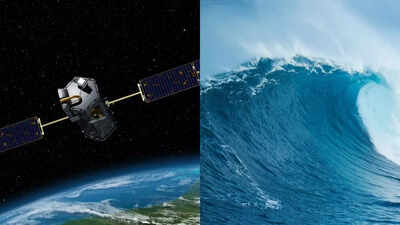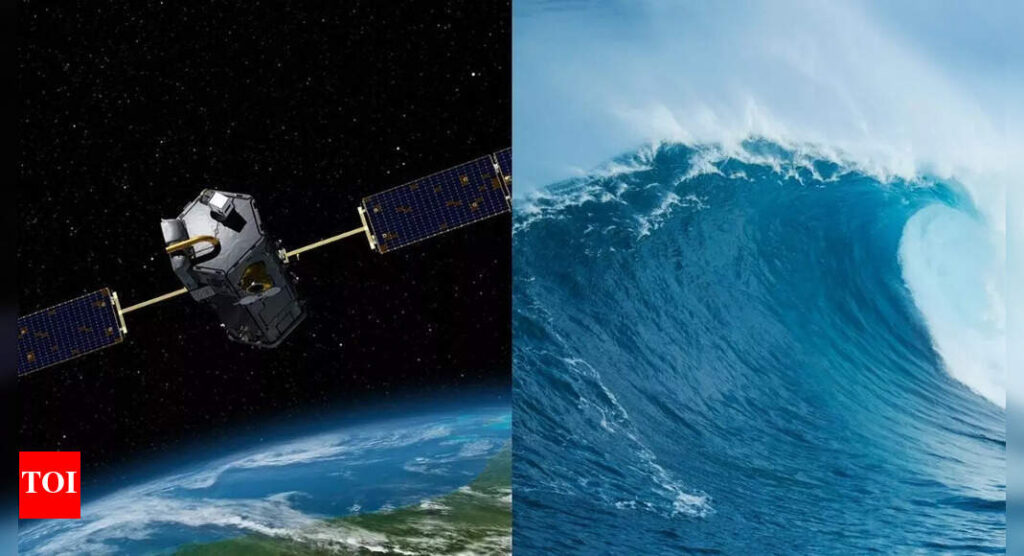
In late July 2025, a massive magnitude 8.8 earthquake struck off Russia’s Kamchatka Peninsula, triggering a tsunami that raced across the Pacific Ocean. While the resulting waves caused limited damage, the event became a milestone for NASA’s Guardian system (GNSS Upper Atmospheric Real-time Disaster Information and Alert Network). The experimental technology detected the tsunami and issued alerts up to 30 minutes before landfall, providing valuable lead time for response. Using signals from satellites and ground stations, Guardian demonstrated its ability to monitor atmospheric disturbances in near real-time, marking a breakthrough in global disaster preparedness.
How Guardian spots tsunamis
Guardian is designed to detect atmospheric ripples created when tsunamis displace massive volumes of ocean water. These movements push air upward, sending waves into the ionosphere that distort signals from Global Navigation Satellite Systems (GNSS). By analyzing these distortions from more than 350 ground stations worldwide, Guardian can identify tsunami signatures with remarkable accuracy and speed.The July 2025 Kamchatka earthquake provided Guardian’s first large-scale trial. Within 20 minutes of the quake, the system confirmed atmospheric disturbances consistent with a tsunami. Alerts were sent out 30 to 40 minutes before waves reached Hawaii and other Pacific locations, giving authorities additional time to assess evacuation measures and prepare coastal communities.
Complementing traditional warning systems
Traditional tsunami warnings rely on seismic data and deep-ocean buoys, which can be sparse and expensive to maintain. Guardian adds another layer of security by leveraging space-based monitoring to fill critical gaps. It doesn’t replace seismic or buoy systems but enhances them with near-global coverage and faster confirmation.
A paradigm shift in tsunami forecasting
Experts have described Guardian as a game-changer in disaster prediction. By providing near-real-time, global monitoring of ocean dynamics from space, it offers unprecedented accuracy and coverage. The system’s early success demonstrates how satellite-based technologies, combined with artificial intelligence, can revolutionize how communities prepare for natural disasters. As development continues, Guardian may soon become a cornerstone of global tsunami early warning frameworks.











